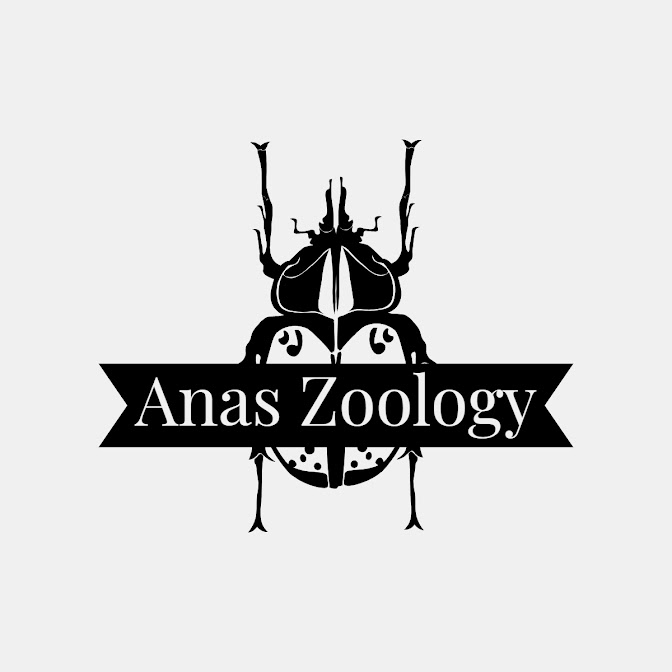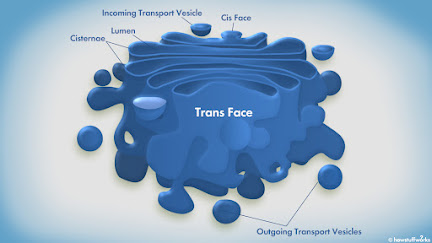Subphylum Urochordata

(Image Source: https://scopeblog.stanford.edu/2013/08/04/image-of-the-week-botryllus-organism/ ) The Urochordata also known as Tunicata is a part of Phylum Chordata. General Characteristics of Urochordates: They are marine and sedentary. Their body is enclosed in a test/tunica. Notochord is present in the tail region in larvae (hence urochordate) and disappears in adults. Alimentary canal is complete and are ciliary feeders. Respiration is through numerous gill slits (Stigmata) which opens into the ectoderm lined cavity, the atrium. They show open circulation. They have special corpuscles, vanadocytes (except in Herdmania ) to extract vanadium from sea water and store it in blood vessels. Dorsal tubular nerve chord appears only in larval stage, which in adults is replaced by a single dorsal ganglia. Sense organs are in the form of receptors. Excretion is by nephrocytes, pyloric gland or neural gland. Asexual reproduction is by budding. Mostly hermaphrodite. Their developmen...





